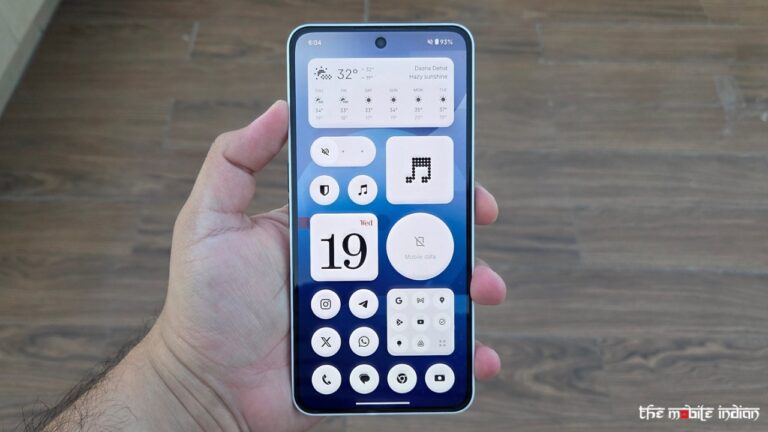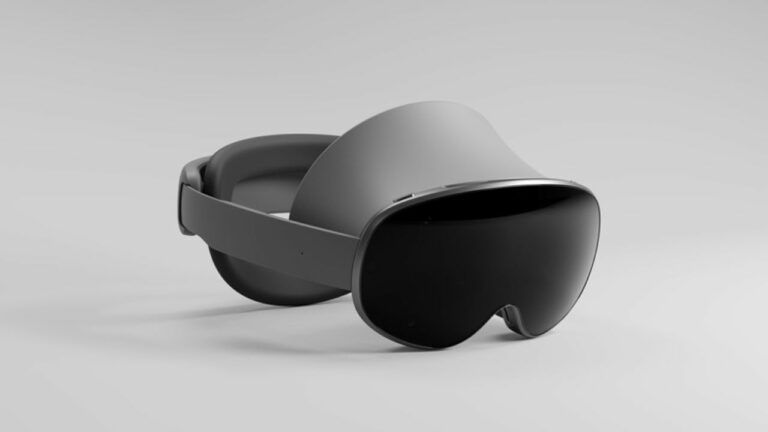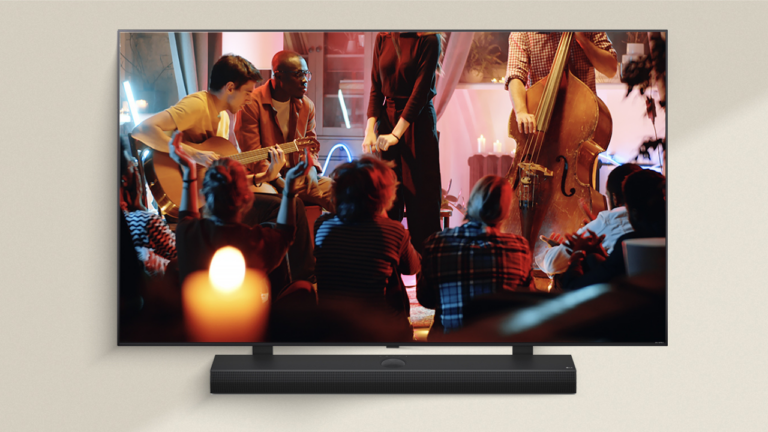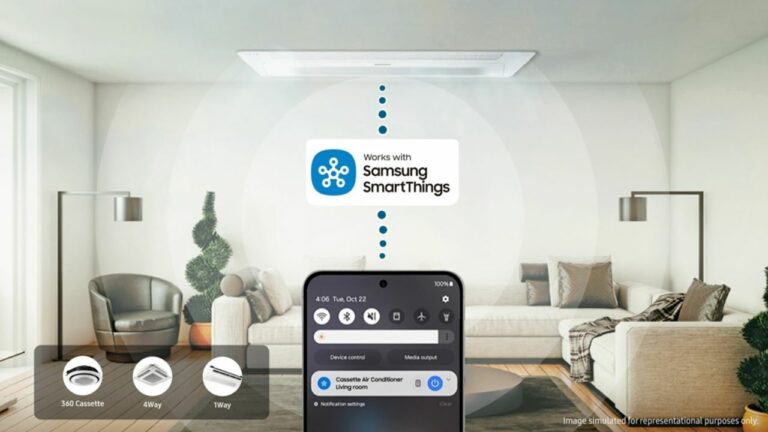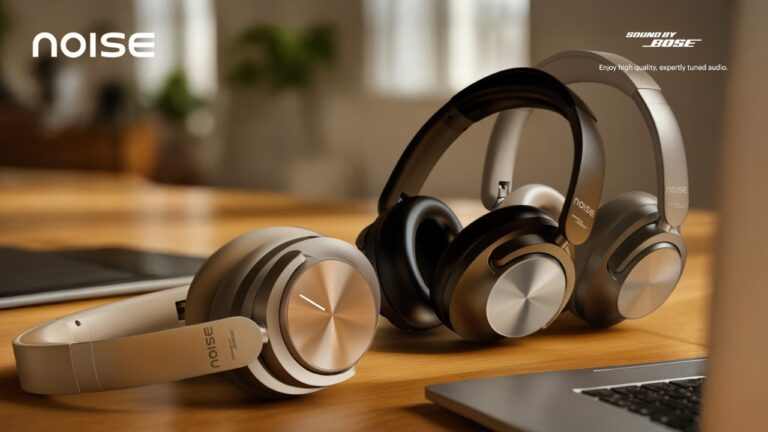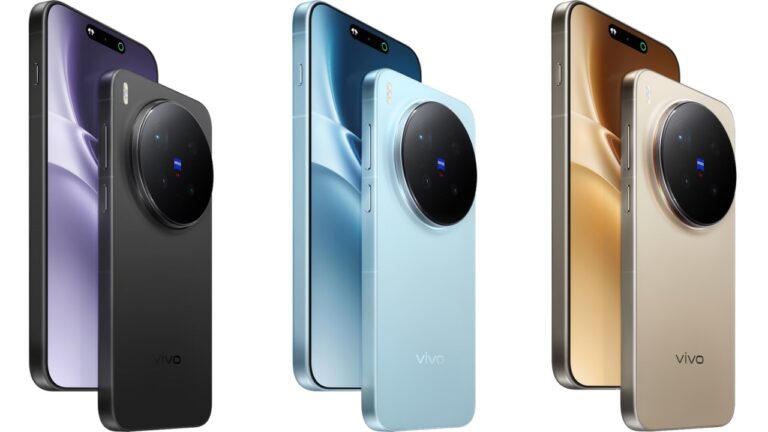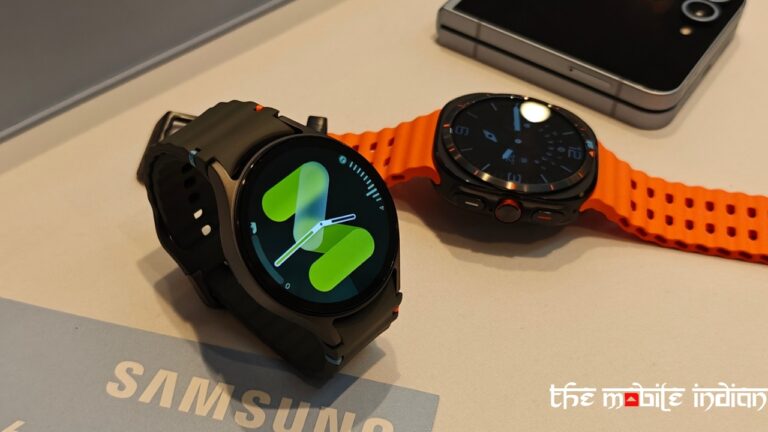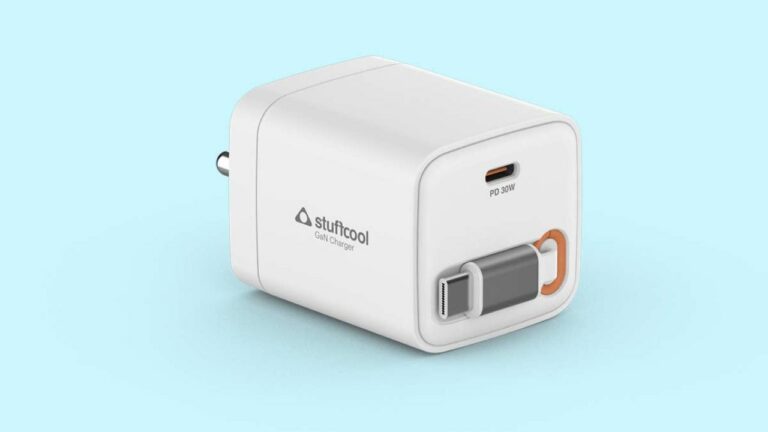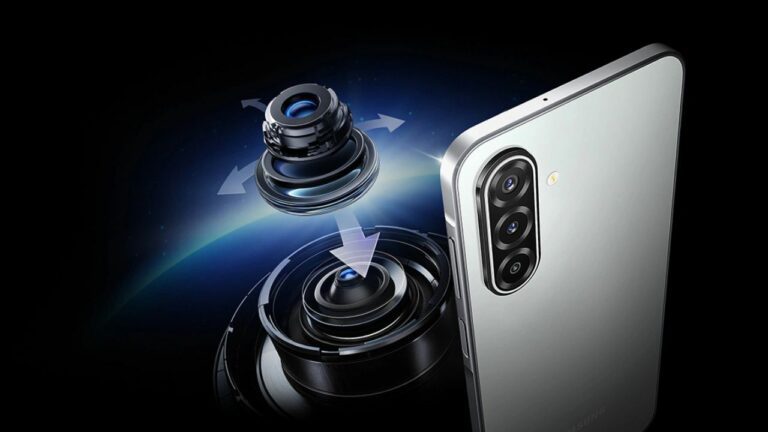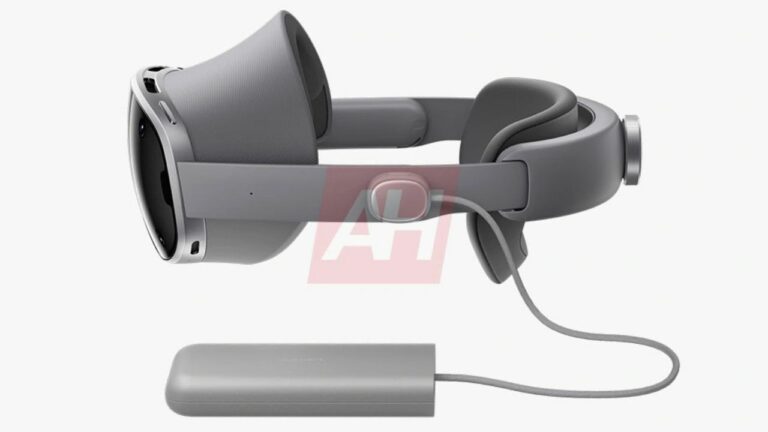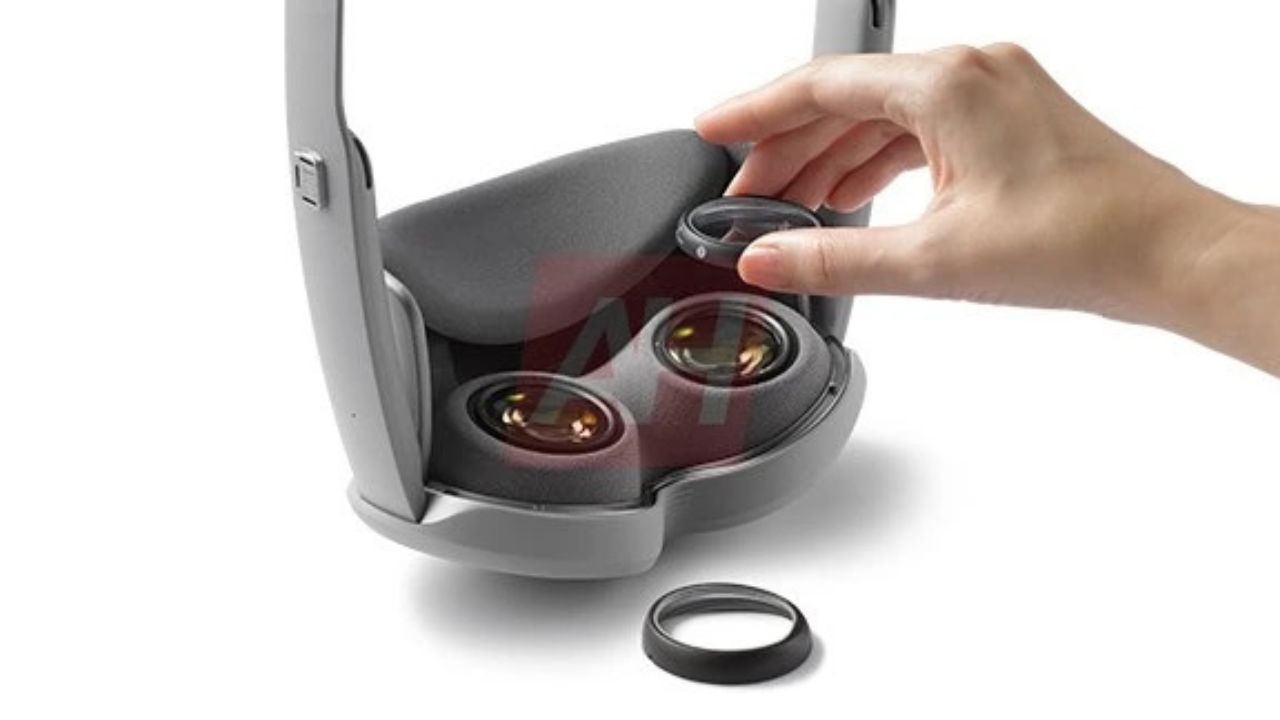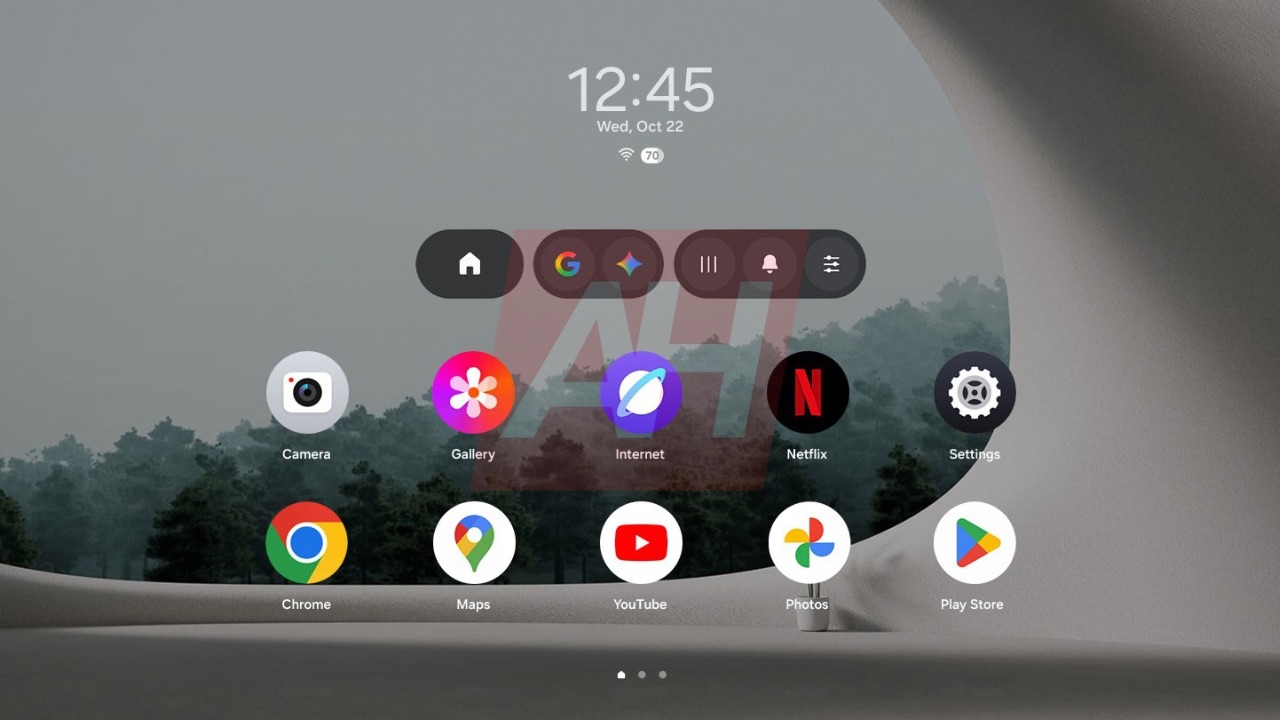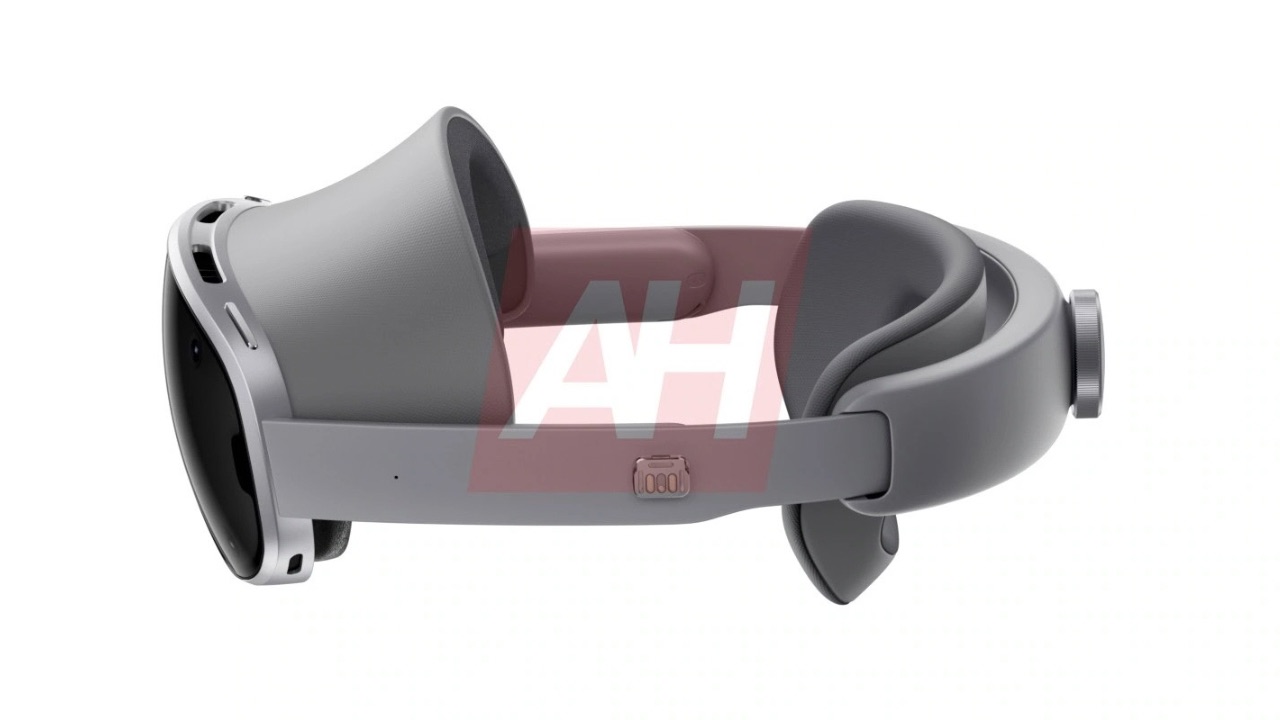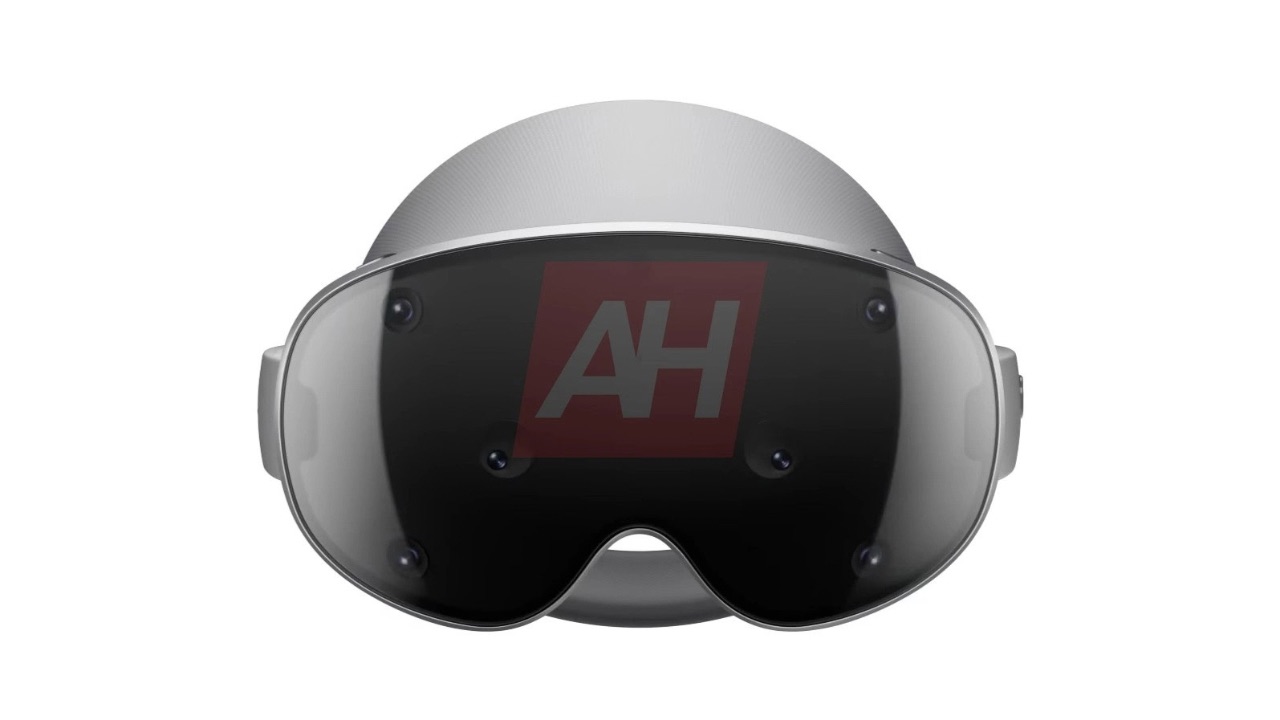Vivo X300 and Vivo X300 Pro have been announced in China as the brand’s latest set of top-tier flagships, powered by MediaTek’s most powerful Chipset till date, the Dimensity 9500. The two devices offer a triple rear camera setup with Zeiss optics, huge batteries, and much more.
Vivo X300: Price, Specifications
The Vivo X300 starts at CNY 4,399 (approx Rs 54,700) for the 12GB + 256GB option and can go up to the 16GB + 1TB option which will cost CNY 5,999 (approx Rs 74,600). It is available in Black, Blue, Red, Purple, and Pink shades.
The Vivo X300 features a 6.31-inch 8T LTPO BOE AMOLED Display a centre-aligned punch-hole cutout. The display on the X300 has a 1.5K pixels resolution, 460 ppi, HDR 10+, a dynamic 120Hz Refresh Rate and 4500 nits peak brightness. The device is powered by the MediaTek Dimensity 9500 SoC paired with UFS 4.1 storage and LPDDR5x RAM.
The Vivo X300 has a triple-rear camera setup that includes an OIS-assisted 200MP f/1.7 Samsung HPB primary camera, a 50MP f/2.0 Samsung JN1 ultra-wide angle unit with a 108-degree FOV, and a 50MP Sony LYT-602 telephoto sensor with an f/2.6 aperture, PDAF, OIS, and 3x optical zoom. It offers a 50MP f/2.0 Samsung JN1 selfie shooter at the front. The cameras support Zeiss optics.
The Vivo X300 comes equipped with a 6040mAh battery unit and 90W fast wired charging support and 40W wireless charging also. It also features an IP69 rating making it water and dust-resistant. It runs on Android16-based Origin OS 6 and will receive up to 4 major Android OS upgrades.
Connectivity options include 5G, 4G LTE, Wi-Fi 7, Bluetooth v5.4, GPS/ A-GPS, Infrared (IR) blaster, NFC, and a USB Type-C port. It also has stereo speakers and an X-axis haptic motor along with an in-display ultrasonic fingerprint sensor.
Vivo X300 Pro: Price, Specifications
The X300 Pro is priced starting at CNY 5,299 (approx Rs 65,900) for the 12GB + 256GB variant while the top-end 16GB + 1TB model will cost CNY 6,699 (approx Rs 83,300). It comes in Black, Brown, Blue, and White hues.
The Vivo X300 Pro features a 6.78-inch 8T LTPO AMOLED Display with a centre-aligned punch-hole cutout. The display on the X300 Pro has a 1.5K pixels resolution, 452 ppi, HDR 10+, a dynamic 0.1Hz to 120Hz Refresh Rate and 4500 nits peak brightness. The device is powered by the MediaTek Dimensity 9500 SoC paired with UFS 4.1 storage and LPDDR5x RAM.
The Vivo X200 Pro has a triple-rear camera setup that includes a Gimbal OIS-assisted 50MP f/1.57 Sony LYT-828 primary camera, a 50MP f/2.0 Samsung JN1 ultra-wide unit with a 108-degree FOV, and a 200MP Samsung HPB periscope telephoto camera with an f/2.67 aperture. It offers a 50MP f/2.0 Samsung JN1 selfie shooter at the front. The optics are joined by a Proprietary V3+ imaging chip and Zeiss optics.
The Vivo X300 Pro comes equipped with a 6510mAh battery unit and 90W Fast charging support. It will also support 40W wireless charging. It also features an IP69 rating making it water and dust-resistant. Vivo X300 Pro runs on Android 16-based OriginOS 6 and is promised up to 4 major OS updates.
Connectivity options include 5G, 4G LTE, Wi-Fi 7, Bluetooth v5.4, GPS/ A-GPS, Infrared (IR) blaster, NFC, and a USB Type-C port. It also has stereo speakers and an X-axis haptic motor along with an in-display ultrasonic fingerprint sensor.


